 |
|
CYGNSS (Pegasus XL) 15 December 2016 |
Stargazer L-1011 Aircraft Eastern Range |
| The Orbital ATK L-1011 Stargazer aircraft flew out of Cape Canaveral Air Force Station on 15 December 2016 to a point about one hundred miles to the east, where at 8:37 a.m. the plane air-launched the Orbital ATK Pegasus XL expendable rocket. The rocket was released at an altitude of 39,000 feet for a five-second free fall away from the carrier aircraft before ignition of the Pegasus’ first stage. Pegasus XL launched the Cyclone Global Navigation Satellite System (CYGNSS) consisting of a constellation of eight microsatellite observatories that will collectively provide a measure of ocean surface wind speeds within the core of hurricanes from space. | |
| The images below are all from the first launch attempt on 12 December 2016 when the hydraulic pump for the rocket release mechanism failed during the flight to the launch point causing a scrub and a return to Cape Canaveral Air Force Station for repairs. | |
 |
|
| The L-1011 Stargazer aircraft was delayed until shortly after sunrise to allow the fog to burn off. Flight rules call for one mile visibility if the plane is forced to return to the runway. | |
 |
|
| The L-1011 Stargazer aircraft lifts off from the Cape Canaveral Air Force Station Skid Strip heading to its launch point out over the Atlantic Ocean. The Pegasus XL rocket can be seen bulging out from underneath the bottom center of the aircraft. | |
 |
|
 |
|
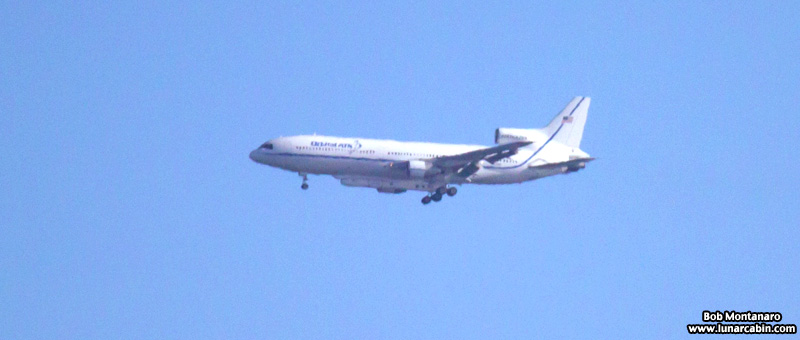 |
|
| Stargazer returns to land back at Cape Canaveral Air Force Station after the airborne scrub. The plane flew around once before landing. | |
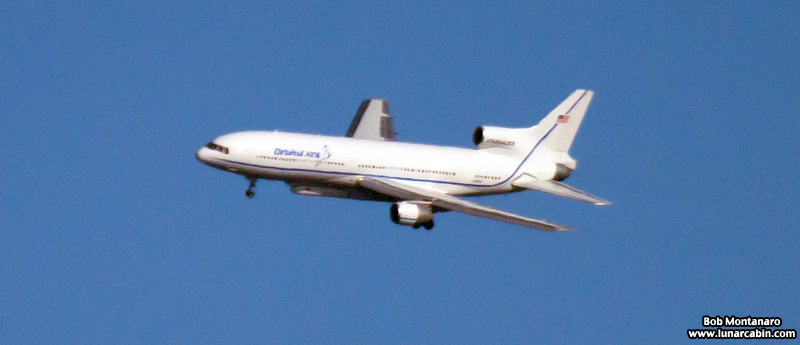 |
|
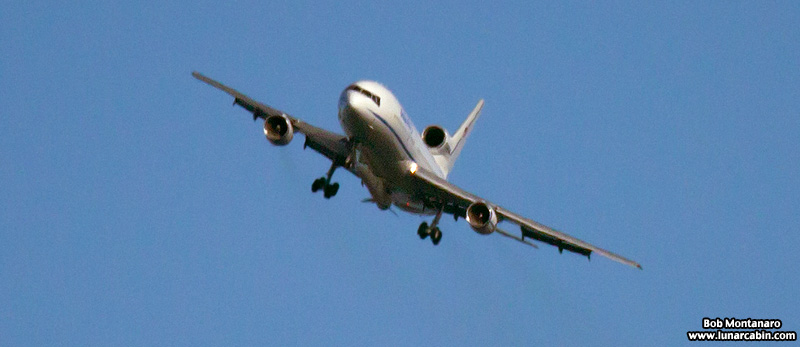 |
|
 |
|
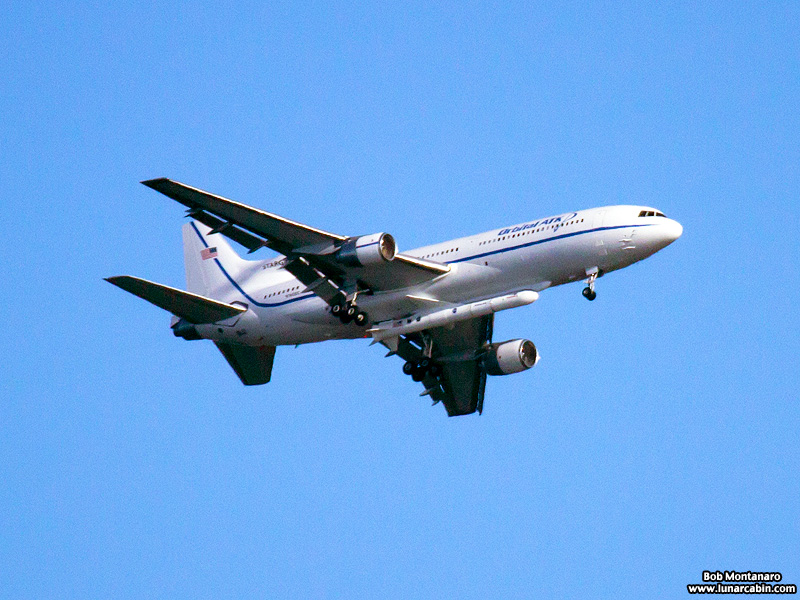 |
|
A good shot of the underside of the aircraft showing the Pegasus XL rocket nestled underneath. |
|
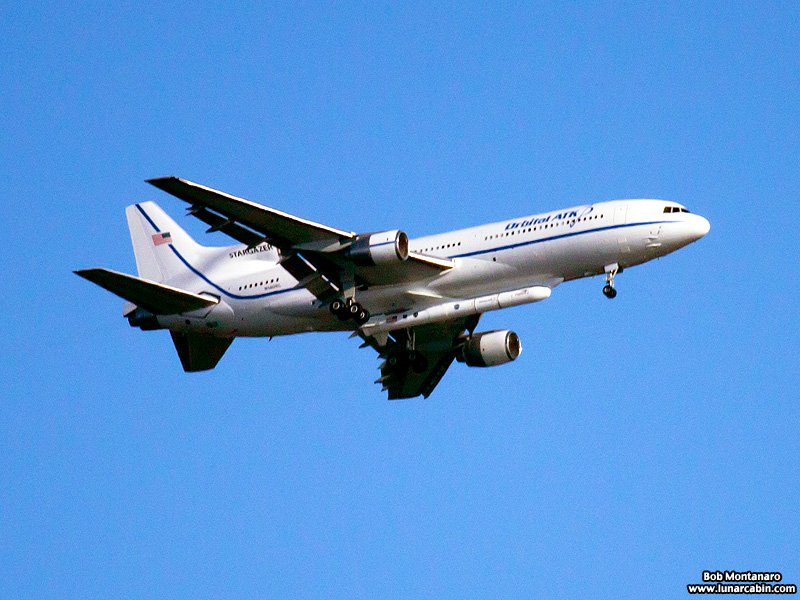 |
|
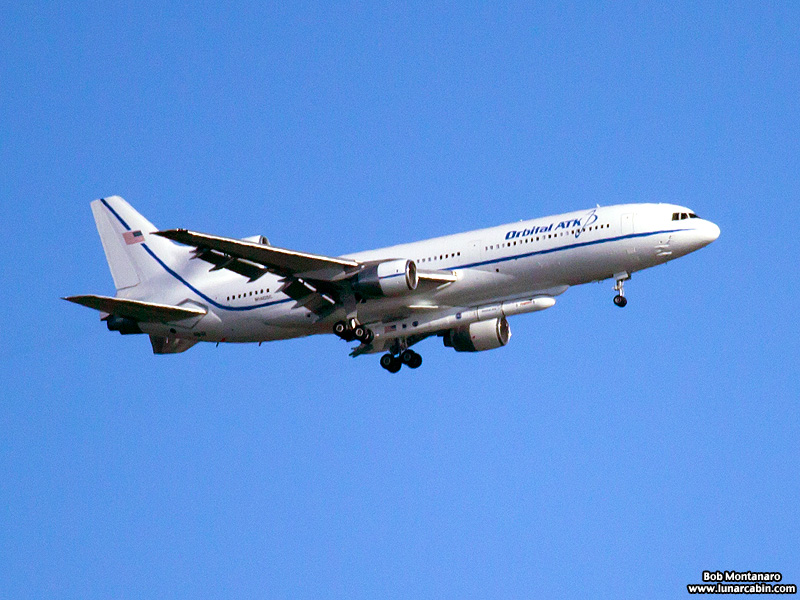 |
|
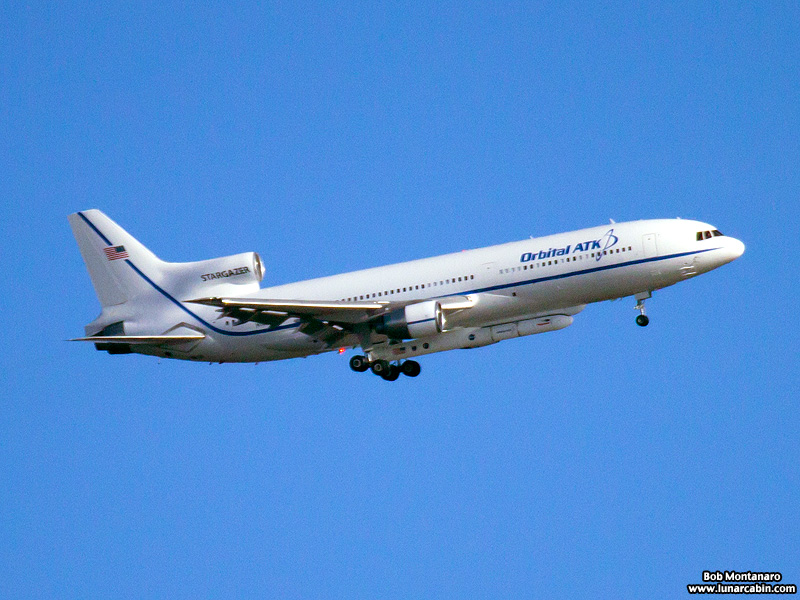 |
|
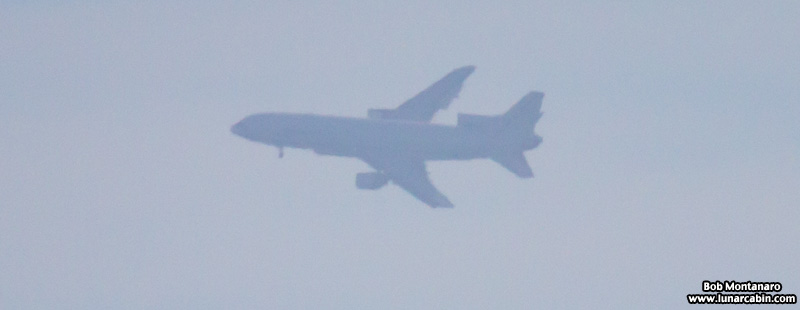 |
|
The plane looped back out over the ocean to line up with the runway. |
|
 |
|
Heading in for a landing at the Cape Canaveral Air Force Station Skid Strip. |
|
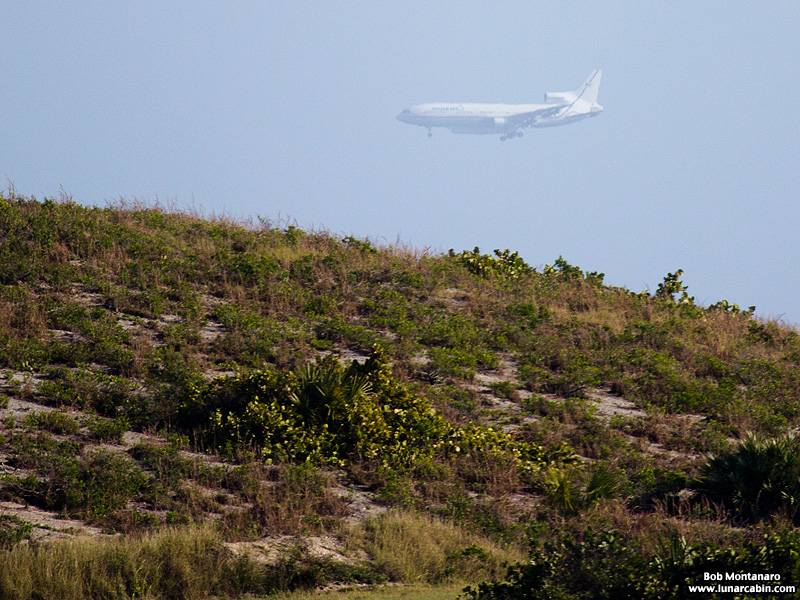 |
|
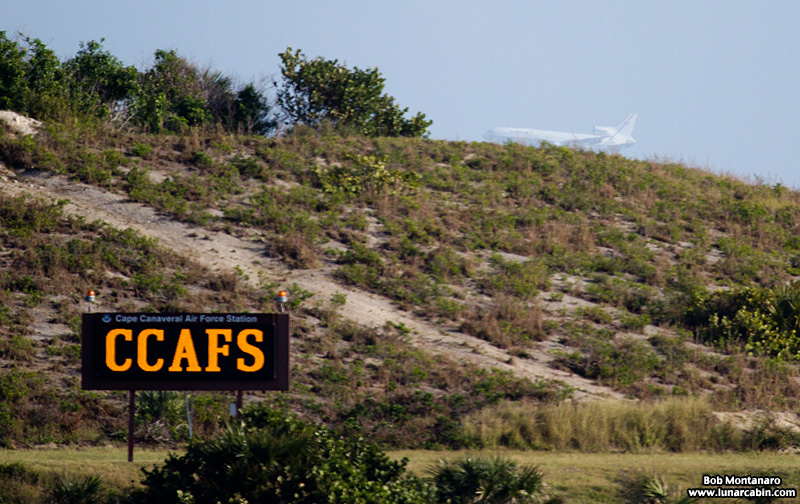 |
|
The plane disappears from view behind the berm alongside the Port Canaveral channel. |
|
| Images provided by Orbital ATK, builder of the Pegasus XL, showing the parts of the rocket and a normal mission profile. | |
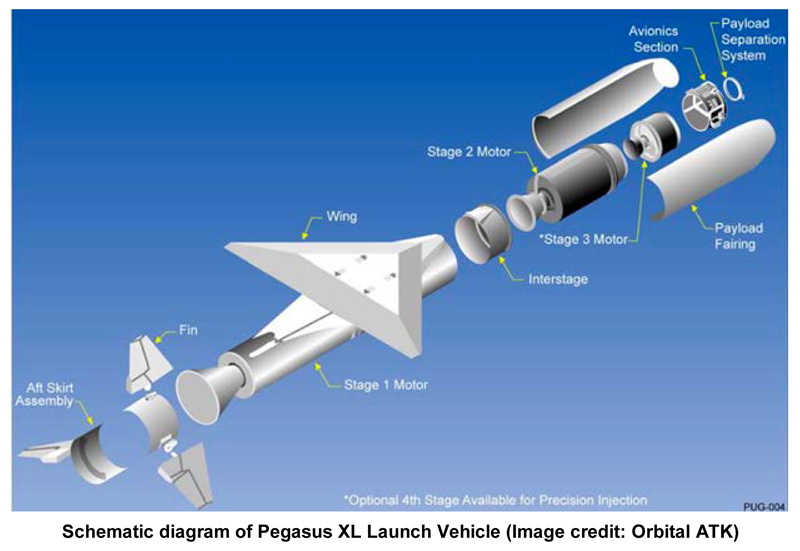 |
|
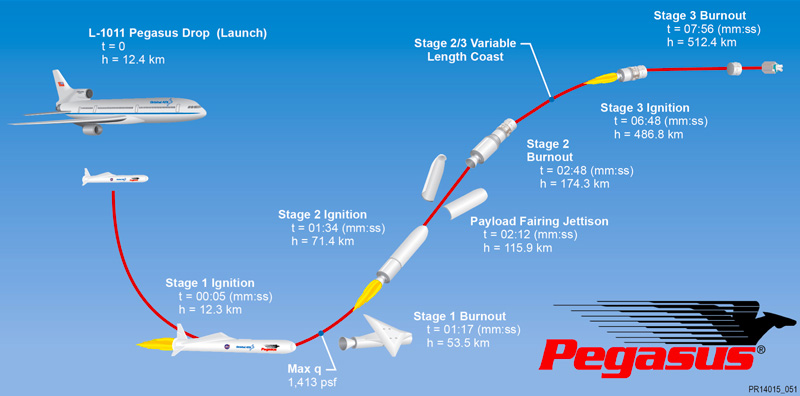 |
|
All contents copyright Lunar Cabin |
|